Farmed grasslands on drained gleysol soils are sequestering three times more carbon than previously thought, early results from Teagasc trials suggest.
Trials in Johnstown Castle, Co Wexford, found that 1.5t of carbon is being sequestered by such grassland per hectare over a 20-year period, Prof Gary Lanigan of Teagasc confirmed.
Previous estimates were that a far lower 0.5t of carbon was being sequestered over the same period on such soils, only one-third of the new figure.
Prof Lanigan highlighted that while the Teagasc research is based on only one site, there are a further 29 sites being studied and said that researchers will have a “much better idea next year”.
The Teagasc scientist described how Ireland is still some way off having accurate sequestration data for all soil types but that it is driving ahead of Europe to do so.

Dr Gary Lanigan.
He said that over the whole of Europe, there are 100 flux tower carbon monitors currently and Ireland is aiming to have 30. These towers used to measure and monitor carbon source and sink levels in specific locations.
Farmer knowledge
Tillage farmers will be the first to have reliable data on the carbon sequestered on their farms, according to Prof Lanigan, with some historical data meaning this information could be available as early as next year.
The average grassland beef and sheep farmer will be waiting up to three years to know what they are sequestering and even at that point, this data won’t take into account liming and other management practices.
Such data on farm management’s impact on the ability of farmed grassland to sequester carbon may not be known until 2030.
Accurate data on the carbon sequestered or released on peatlands won’t be known for three to four years, Prof Lanigan also confirmed.
Drained peat soils are currently assumed to lose 25t CO2 /ha and there are around 335,000ha of these soils currently being farmed.
Warning
While still some time away, Prof Lanigan highlighted that the farm sector is to be lumped with the Land Use, Land Use Change and Forestry (LULUCF) sector when it comes to emissions in 2030.
He described how due to poor afforestation levels, Ireland’s land use sector is one of only three EU member states which has been set a target by the European Commission for 2030, which will still see it emit 4.7m more tonnes of carbon than it sequesters.
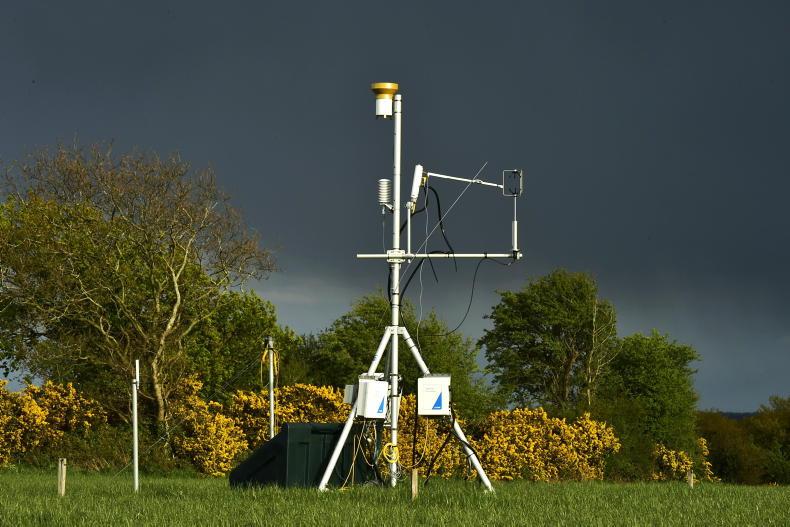
A carbon flux tower located at Teagasc's Johnstown Castle.
Prof Lanigan explained new research which has found that Irish forestry on organic soils is a larger carbon source than previously thought.
This means this carbon source target set for Ireland is to climb as high as 6.7m tonnes from 4.7m tonnes.
Overall, the inclusion of LULUCF will mean that 700m tonnes of carbon dioxide will be added to agriculture’s balance sheet, according to the Teagasc professor.
Read more
Setting the record straight on carbon sequestration
Farmed grasslands on drained gleysol soils are sequestering three times more carbon than previously thought, early results from Teagasc trials suggest.
Trials in Johnstown Castle, Co Wexford, found that 1.5t of carbon is being sequestered by such grassland per hectare over a 20-year period, Prof Gary Lanigan of Teagasc confirmed.
Previous estimates were that a far lower 0.5t of carbon was being sequestered over the same period on such soils, only one-third of the new figure.
Prof Lanigan highlighted that while the Teagasc research is based on only one site, there are a further 29 sites being studied and said that researchers will have a “much better idea next year”.
The Teagasc scientist described how Ireland is still some way off having accurate sequestration data for all soil types but that it is driving ahead of Europe to do so.

Dr Gary Lanigan.
He said that over the whole of Europe, there are 100 flux tower carbon monitors currently and Ireland is aiming to have 30. These towers used to measure and monitor carbon source and sink levels in specific locations.
Farmer knowledge
Tillage farmers will be the first to have reliable data on the carbon sequestered on their farms, according to Prof Lanigan, with some historical data meaning this information could be available as early as next year.
The average grassland beef and sheep farmer will be waiting up to three years to know what they are sequestering and even at that point, this data won’t take into account liming and other management practices.
Such data on farm management’s impact on the ability of farmed grassland to sequester carbon may not be known until 2030.
Accurate data on the carbon sequestered or released on peatlands won’t be known for three to four years, Prof Lanigan also confirmed.
Drained peat soils are currently assumed to lose 25t CO2 /ha and there are around 335,000ha of these soils currently being farmed.
Warning
While still some time away, Prof Lanigan highlighted that the farm sector is to be lumped with the Land Use, Land Use Change and Forestry (LULUCF) sector when it comes to emissions in 2030.
He described how due to poor afforestation levels, Ireland’s land use sector is one of only three EU member states which has been set a target by the European Commission for 2030, which will still see it emit 4.7m more tonnes of carbon than it sequesters.

A carbon flux tower located at Teagasc's Johnstown Castle.
Prof Lanigan explained new research which has found that Irish forestry on organic soils is a larger carbon source than previously thought.
This means this carbon source target set for Ireland is to climb as high as 6.7m tonnes from 4.7m tonnes.
Overall, the inclusion of LULUCF will mean that 700m tonnes of carbon dioxide will be added to agriculture’s balance sheet, according to the Teagasc professor.
Read more
Setting the record straight on carbon sequestration







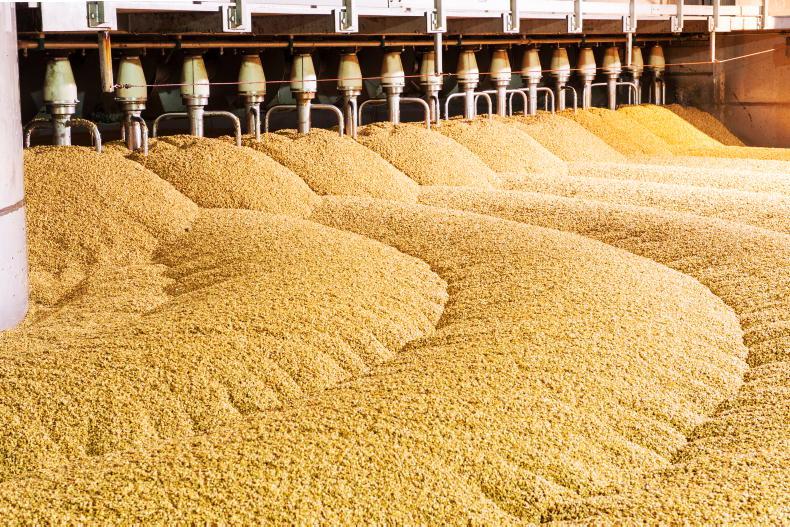
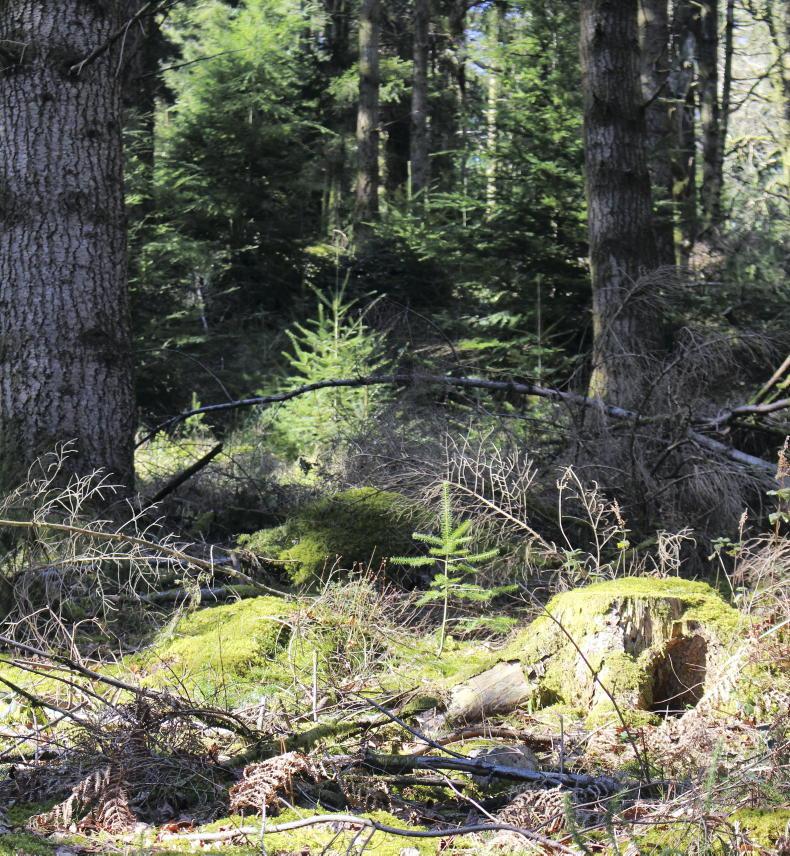
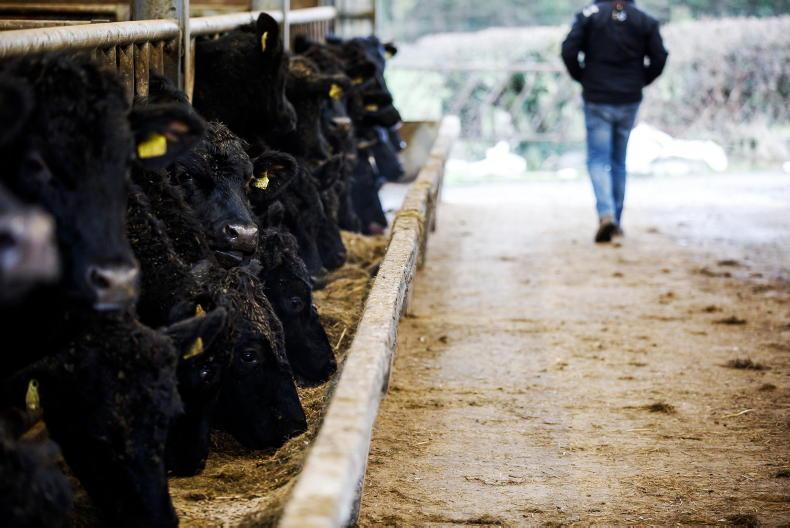
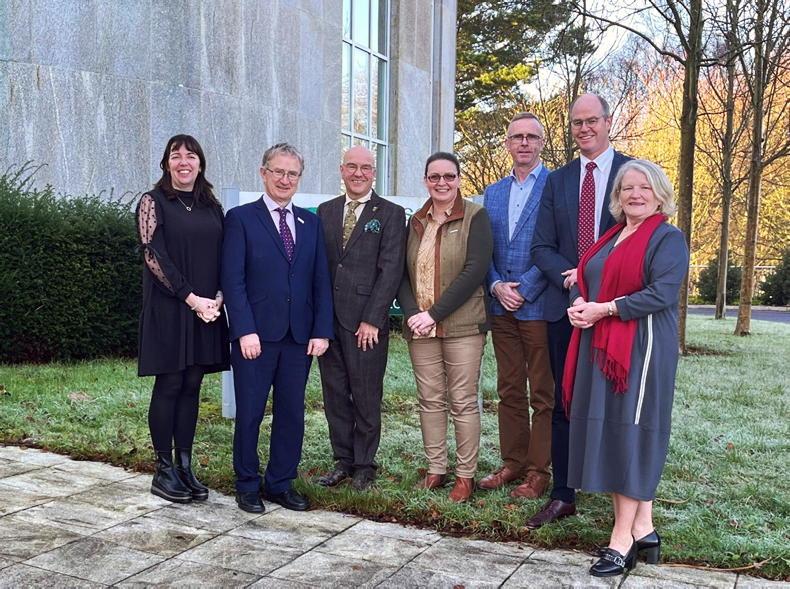
SHARING OPTIONS